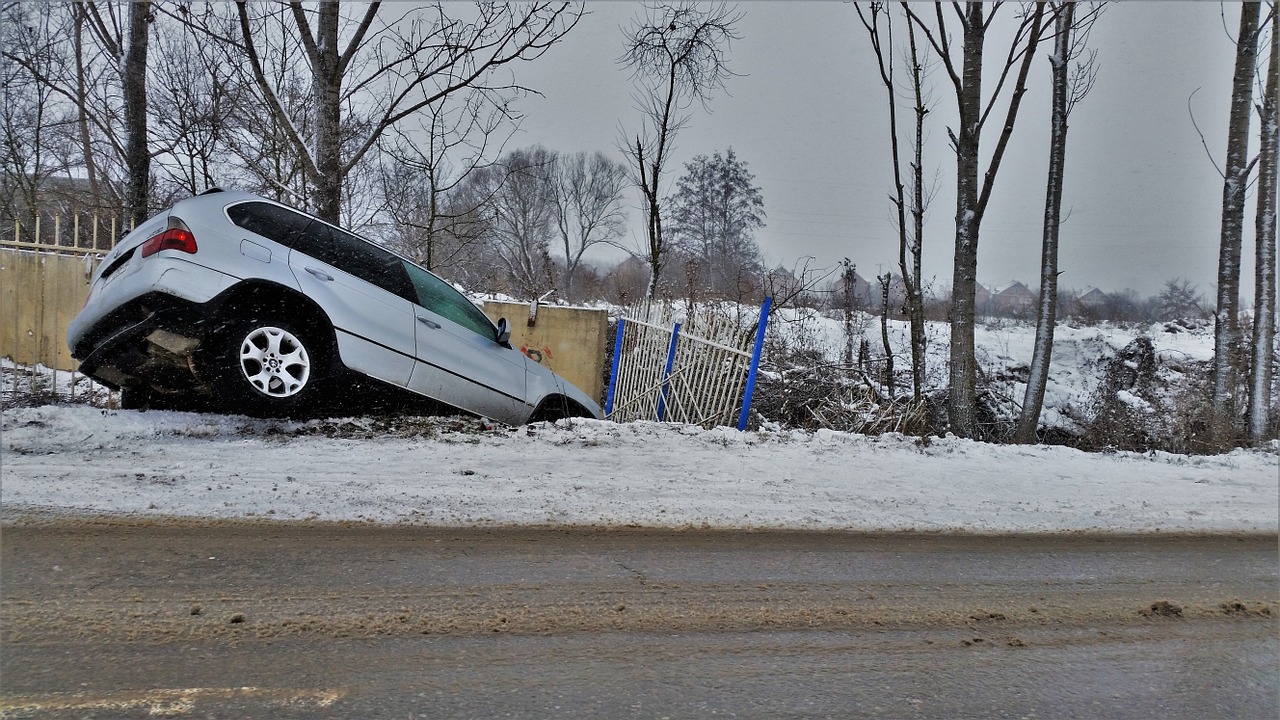What to Know About Insurance If You’re Shipping Your Car To A New State

Moving to another state can unleash waves of excitement. There are many things to look forward to — new friends, a new workplace, and new attractions, to name a few. But at the same time, moving can be challenging as well. As if packing your home isn’t already stressful enough, you still have to worry about transporting a car from one state to another. Ooops. Think you’re done? Unfortunately, your worries don’t end just yet upon arriving at your new house. Heads up. There’s still a long road ahead of you.
Anyway, one of the things that need your attention is your car insurance.
Do I Keep My Old Insurance or Get a New Policy?
A pressing question among people who’ve recently moved into a new state is:
“Do I really have to get a new car insurance policy?”
The answer is yes, and no. Yes, because you can’t go anywhere far without car insurance. And no, because you don’t necessarily need to get a new provider. It depends on whether your current insurance provider offers coverage within your new state.
Just don’t cancel your old insurance before getting a new policy. Driving without coverage can get you into a lot of trouble with the law. Plus, roads can be quite unpredictable, so you never know when accidents might happen. And things can get ugly if you get caught in a collision without insurance.
1. Take Your Time
Unlike home utilities, food, internet service, etc., car insurance won’t give you a lot of stress right after moving. Yes, it’s important but not your foremost priority at the moment. Thanks to most states providing a grace period, newcomers usually have 30-90 days to process their car insurance. This gives you time to settle down and organize your transition.
2. Contact Your Current Insurance Company
Once you’ve decided to work on your insurance, the first thing you should do is talk to your current insurance provider. If they operate within your new state, then good for you. All you have to do is to update your coverage to meet the minimum state requirements and update the address on your policy.
However, if they don’t, then it’s time to part ways with the insurance company. Get moving. You now have to search for a new provider and get a new policy.
Whether you keep your existing provider or go with a new one, in either case, you’ll need to change your vehicle registration and order new license plates.
3. Determine Your New State’s Requirements
Different states have varying regulations when it comes to car insurance. Some don’t ask for much, while others can require a load of documents.
Common examples of car insurance coverage include:
- Protection from personal injury
- Uninsured motorist coverage
- Collision coverage
- Property damage liability coverage
- Comprehensive coverage
- Bodily injury liability coverage by person and accident
- Gap insurance
Some states may require you to cover all of these (it’s for your own good too), while some demand only a few, and the rest becomes optional. Not only do states require different types of coverage, but they also require different amounts of coverage. For example, some states may require $30K in property damage liability coverage, while another state may require $50K in property damage liability coverage. This article provides a helpful overview of auto insurance requirements by state.
No matter where you’re moving, make sure your new policy meets the minimum requirement, so you don’t run into trouble with the law.
How to Get Car Insurance?
Knowing how the car insurance process works will make it easier to get things over with. Even if it’s not your first time obtaining coverage, this might help refresh your memory.
1. Gather your vehicle information:
- VIN
- Date of Purchase
- Proof of ownership
2. Get an online quote from the company of your choice
3. Prepare necessary documents with relevant information:
- Driver’s license
- Birth certificate
- Address
- Occupation
- Marital status
- Education level
- Driving history
- Insurance history
4. Once you got these covered, submit the documents to the insurance company.
5. Fill out the forms they give you.
6. Pay the fees.
Congrats on getting new car insurance coverage!
Finding a Good Insurance Company
Be careful when choosing an insurance provider in your new state. Try to avoid shady offers and coverage that costs a lot but strains your budget. To make things easier, you can hire an insurance broker to provide you with a list of quality options.
Conclusion
Getting insurance shouldn’t be difficult, but you’d still want to find the best service possible. Remember, knowledge is power. Don’t be shy to go the extra mile to do your research and educate yourself.


